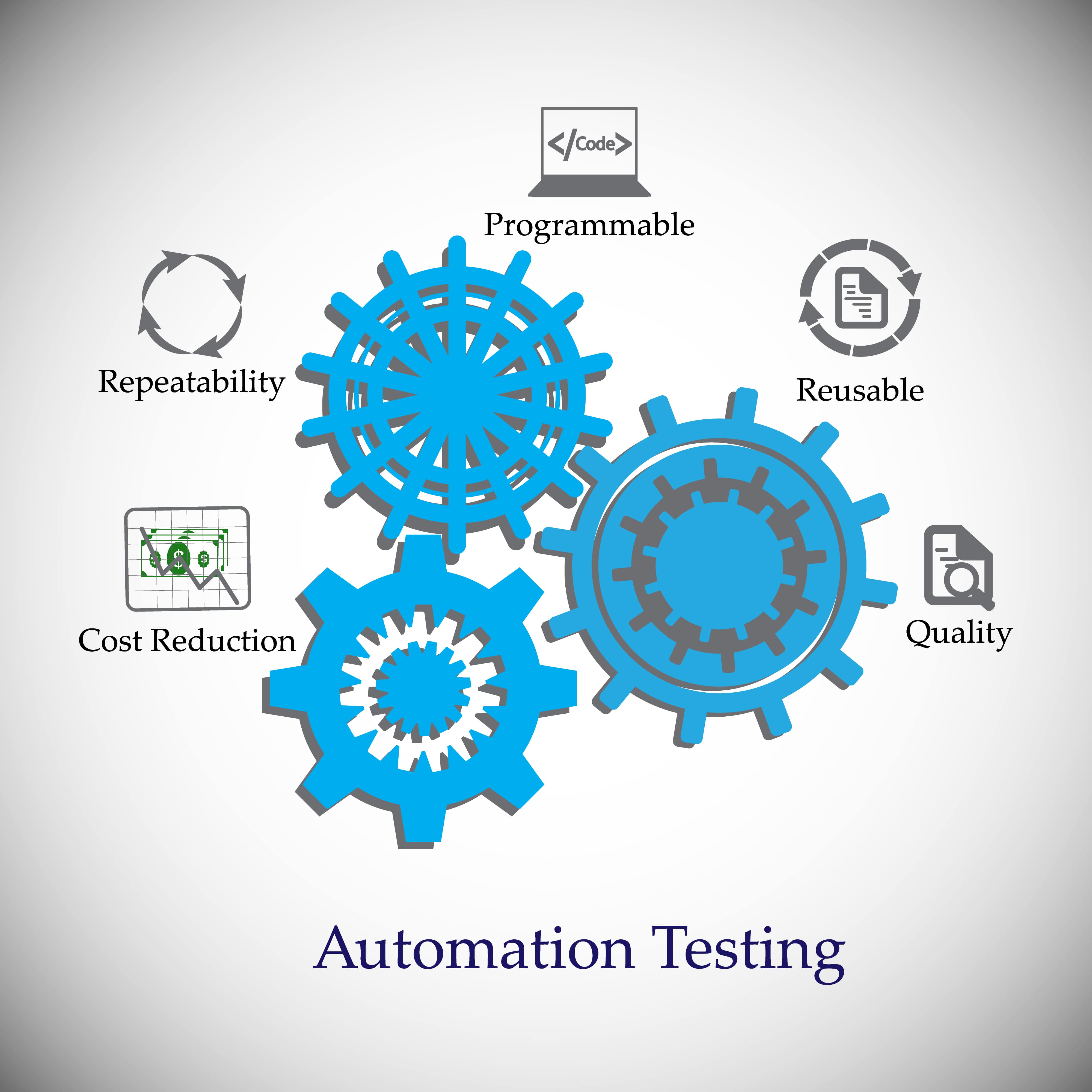From Handbook to Automated Testing: A Comprehensive Guide to Transitioning Smoothly and Successfully
In the realm of software screening, the shift from manual to automated processes has come to be a progressively essential change for companies seeking to boost effectiveness and precision in their screening techniques. The trip from manual to automated testing is not without its challenges, but when approached purposefully and with a clear strategy in mind, the benefits can be significant.
Benefits of Automated Evaluating
Automated screening supplies various benefits, boosting efficiency and accuracy in software application development processes. Automated examinations can be run all at once on numerous gadgets and running systems, significantly speeding up the screening stage compared to hands-on screening.
Furthermore, automated testing makes certain a higher degree of precision in finding problems. Uniformity in screening is additionally boosted, as automated tests implement the exact same steps exactly each time they are run.
Choosing the Right Tools

To start with, examine your purposes and requirements. Comprehend the range of your project, the technologies involved, and the skill set of your group. This analysis will certainly help you establish the capabilities and features you require in your screening devices.
Secondly, consider the compatibility of the devices with your existing processes and systems. Smooth integration with your current software program advancement lifecycle is vital to guarantee a smooth change to automation.
In addition, assess the scalability and adaptability of the tools. As your testing requires progress, the devices need to have the ability to adjust and accommodate changes successfully.
Last but not least, aspect in the assistance and area around the devices. Robust assistance and an active individual community can offer important sources and assistance when implementing automated screening. By very carefully thinking about these aspects, you can select the right tools that line up with your demands and established the phase for an effective shift to automated testing.
Creating Reliable Examination Manuscripts

When crafting examination scripts, it is crucial to take into consideration the certain needs of the software being evaluated and make sure that the manuscripts deal with all important performances. Descriptive and clear calling conventions for test scripts and test cases can enhance readability and maintainability. In addition, integrating error handling mechanisms within the examination scripts can assist in determining and resolving concerns promptly.
Moreover, organizing test scripts into modular parts can enhance reusability and scalability, reducing redundancy and boosting performance in examination script upkeep. Routine testimonials and updates to test scripts are critical to equal evolving software demands and capabilities. By adhering to these concepts, testers can develop robust and efficient examination scripts that contribute substantially to the success of automated screening procedures.
Integrating Automation Into Workflows
By effortlessly incorporating automated screening devices like Selenium or Appium into the software program development lifecycle, groups can accomplish faster feedback on code adjustments, leading to quicker bug discovery and resolution. This integration enables for constant testing throughout the development process, making sure that any kind of concerns are determined early on, resulting in higher software program top quality. Proper combination of automation tools requires cooperation in between growth, screening, and operations teams to establish a unified workflow that maximizes effectiveness and effectiveness in supplying premium software items.
Guaranteeing a Smooth Transition
Efficiently transitioning to automated screening includes thorough planning and Get More Information mindful implementation to take full advantage of and lessen disturbances performance in the software application development process - automation testing. To make certain a smooth change, it is important to start by carrying out a detailed evaluation of the current screening procedures and identifying locations where automation can bring one of the most considerable advantages. Engaging with all stakeholders early on in the procedure, consisting of designers, testers, and job managers, is vital for gathering support and buy-in for the automation effort
Interaction is key throughout this shift read the article stage. Clear communication of the goals, benefits, and expectations of automated testing helps to take care of any resistance or problems that might occur. Furthermore, offering adequate training and sources for group members to upskill in automation tools and techniques is important for guaranteeing an effective shift.

Conclusion
To conclude, transitioning from manual to automated screening uses numerous benefits, including enhanced effectiveness and dependability. By choosing the ideal devices, creating reliable examination scripts, and integrating automation flawlessly right into process, companies can make certain a successful and smooth shift. It is crucial to welcome automation as an important possession in software testing procedures to boost general quality and productivity.
In the realm of software program screening, the shift from handbook to automated procedures has come to be an increasingly crucial shift for organizations looking for to improve efficiency and accuracy in their screening practices. Automated learn this here now examinations can be run at the same time on multiple devices and operating systems, substantially speeding up the testing stage contrasted to manual screening. Consistency in screening is also improved, as automated tests carry out the very same actions precisely each time they are run.To make sure the successful implementation of chosen testing devices, the development of efficient examination manuscripts plays an important duty in confirming the functionality and performance of automated processes - automation testing. By following these principles, testers can produce robust and effective examination scripts that add considerably to the success of automated testing procedures